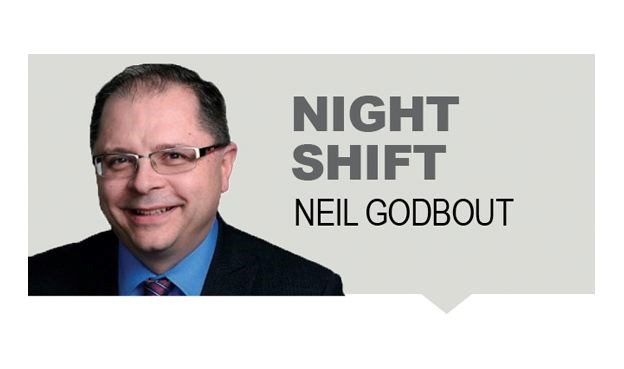The goal of history, Yuval Noah Harari writes, is “not to perpetuate the past, but rather to be liberated from it.”
For white folks wanting to be allies in the battle against systemic racism, to be part of the solution and not part of the problem requires drilling into the past and present of white supremacy.
James Loewen’s book Sundown Towns: A Hidden Dimension of American Racism offers a relevant read for Canadians, too. The sociologist has made a career out of showing how Americans lie to themselves about their own history. Lies Across America is about the falsehoods, errors and omissions at historical tourist attractions while Lies My Teacher Told Me does the same to history textbooks for school-aged children.
Sundown Towns is about a facet of American history he was shocked to find has been rarely studied (and admits to being blind to it for much of his career).
A sundown town is an all-white or nearly all-white community where people of colour (almost always Black) were informed with posted signs at the municipal boundary that they should leave the community before sundown if they cared about their safety.
Did this kind of thinking migrate into Canada? Absolutely. Loewen's book includes a 1910 federal government order that reads "for a period of one year from and after the datehereof the landing in Canada... is prohibited of any immigrants belonging to the Negro race, which race is deemed unsuitable to the climate and requirements of Canada."
This came at a time when Ottawa was begging for immigrants to settle in the Prairies.
But why does all of this matter? Isn't it all ancient history?
Many Americans living north of the Mason-Dixie line would be shocked to learn that most of the sundown towns Loewen discovered using census data were in northern and western states. For example, California and Illinois alone have more sundown towns than all of the South combined.
Note the use of the present tense “have.”
Before George Floyd in Minneapolis earlier this year, there was Michael Brown in Ferguson, Missouri, an unarmed Black teenager shot by a white cop at a traffic stop in 2014. Ferguson was once a sundown town but over the course of the past 30 years became predominantly African-American but retained its white police force (and racial bias) from an earlier era.
To this day, millions of white Americans have no idea they grew up in sundown towns and worse, are blind to how it shaped their worldview on races. This pertains to Canada because even the most open-minded people raised in nearly exclusive white communities inevitably come away with the view that whiteness is right and proper, people of colour are something foreign and to be feared and all-white communities are something to be proud of and maintained as “our heritage.”
This is what modern white supremacy looks like and it permeates the ideological spectrum.
When the Wet'suwet'en hereditary chiefs and their supporters were blocking construction of the Coastal GasLink pipeline earlier this year, it was fascinating to watch some of the political commentary from white Canadians. On the right came the standard argument that Indigenous people are always opposed to industry and development while those on the left championed Indigenous people for always standing up for the environment and traditional values. Both perspectives are inherently racist and flat out false, clinging to stereotypes to imply a single, standard Indigenous Canadian perspective when no such thing exists. Yet national news media outlets allowed white talking heads to articulate these views under the guise of getting both sides of the story.
Many white folks innocently asked why any person of colour would want to live in places where they're not wanted and wouldn't they rather live with "their own people." Besides the obvious "we/they" distinction, it ignores the fact that white folks do not buy a house and wonder whether their new neighbours will like them because they presume they will be accepted wherever they go.
The inability to see how beliefs and actions work for white people but don’t translate as well for people of colour is another form of modern white supremacy.
For white people wanting to liberate themselves from these prejudices, we have to more critically analyze our history and question how our modern beliefs are rooted in that history.
That is an ongoing process of opening eyes, ears and hearts, rather than simply arriving at being “woke.” It is not about cancelling culture but expanding culture to make room for others.
That is the commitment liberation from the shackles of white supremacy requires.



